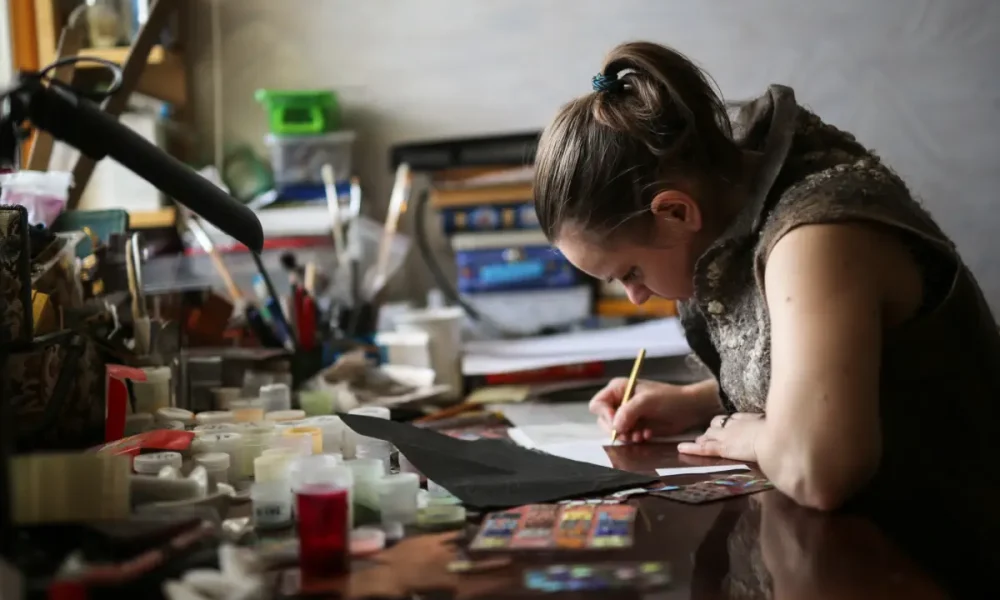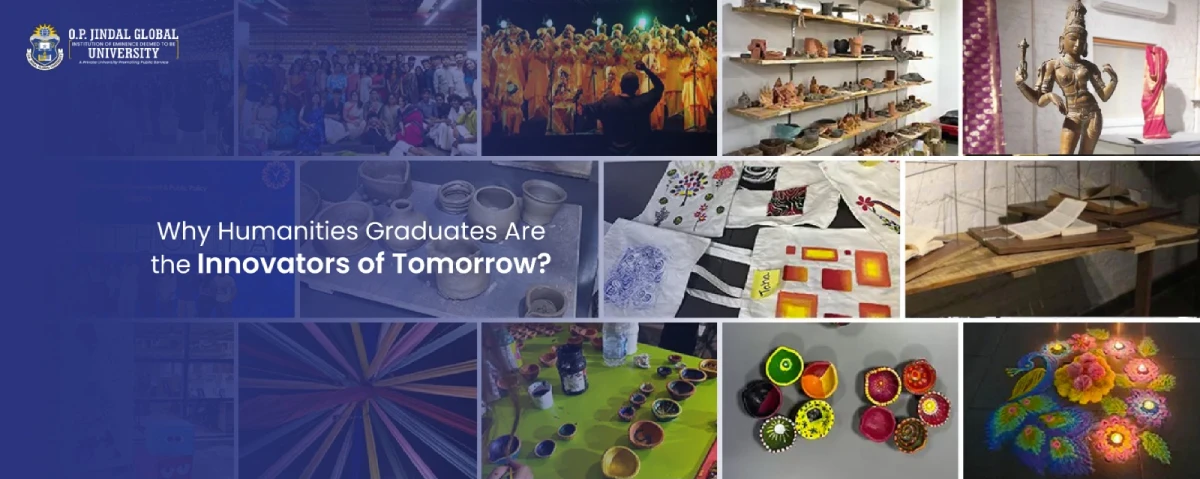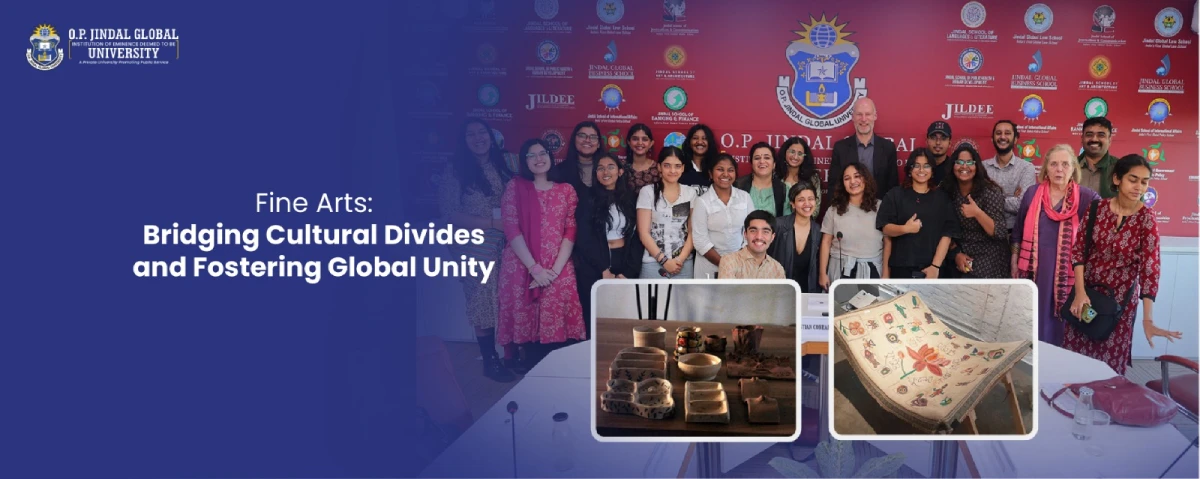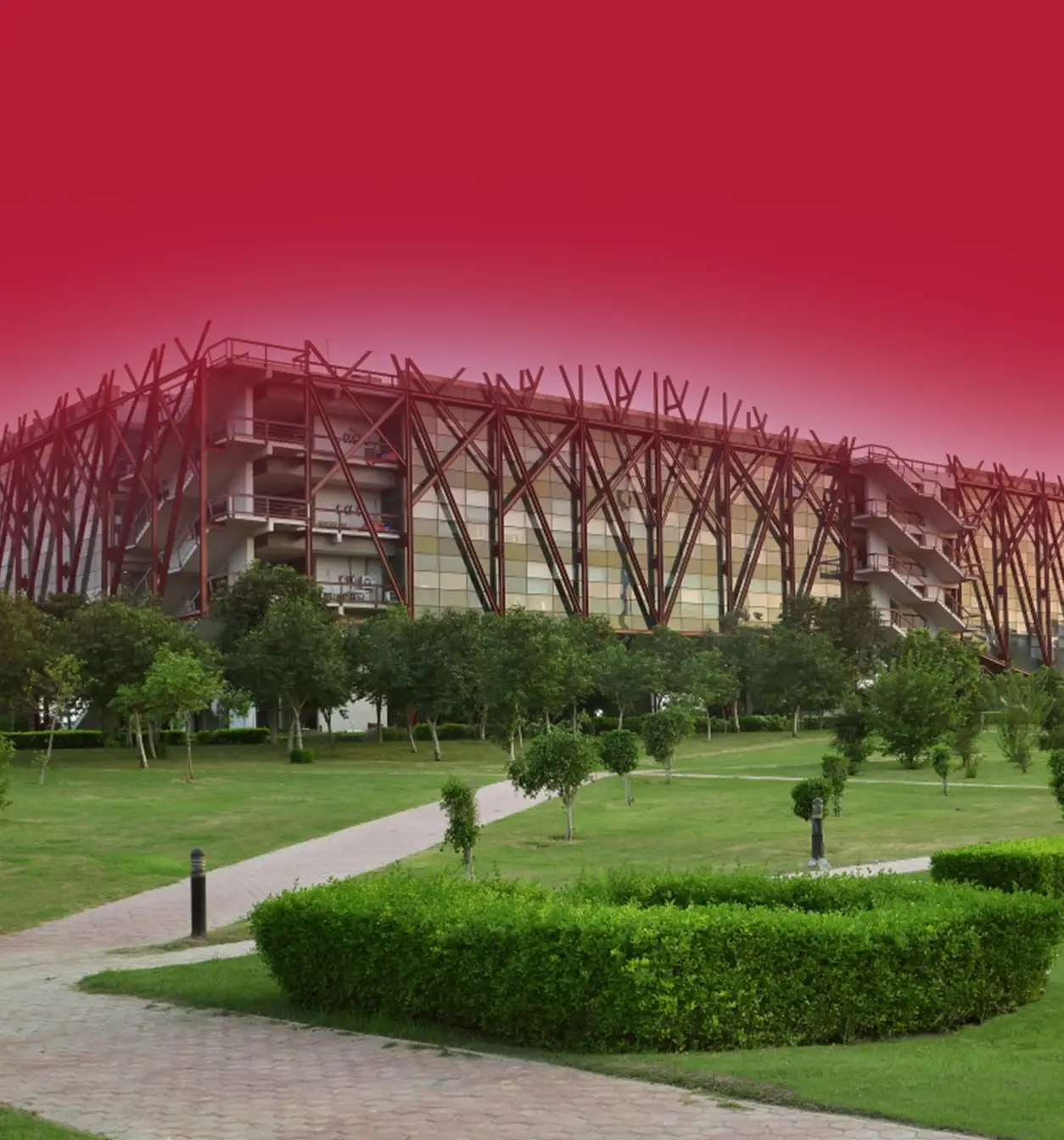Art has been an integral part of human civilization and culture since the earliest stages of our evolution—its symbols still visible today in ancient cave paintings where our ancestors once lived. While the arts traditionally engage with the humanities, as well as the social and natural sciences, liberal arts broaden this scope further to include disciplines such as mathematics, philosophy, and literature.
Liberal arts bring together a diverse range of fields that cultivate general knowledge and intellectual curiosity. They emphasise a broad-based education rooted in theory and concepts rather than narrow professional or technical training. This approach provides a foundation for critical thinking, creativity, and lifelong learning.
Define Liberal Arts With Examples
As a cumulative study of several subjects, liberal arts is an interdisciplinary programme encompassing a wide range of academic areas that include physical, biological, and social sciences, mathematics, and humanities. Humanities is a programme that combines fine arts, history, philosophy, literature, language, etc. Hence, the Liberal Arts course has been designed to provide an overall understanding and extensive knowledge, instead of a specialised study or for a particular job prospect.
With an unwavering desire for universal understanding, the Liberal Arts began as a method of inquiry for Ancient Greeks in the Middle Ages, and later was expanded by several philosophers and thinkers to give birth to the modern form of Liberal Arts. The trivium (grammar, logic and rhetoric) and quadrivium (astronomy, arithmetic, geometry, and music) are two prominent examples of Liberal Arts in the Medieval period, which have been the foundation for the modern curriculum.
Origin & Evolution Of The Study Of Liberal Arts
The idea for Liberal Arts was initiated, and a structural course was built somewhere in the Middle Ages. Over the years, the understanding and study of liberal arts have evolved significantly. And, with the advancement of technology and achievements in the scientific fields since the 20th century, Liberal Arts studies have taken a newer route.
The value of Liberal Arts education can be found in the well-being of society and resolving issues that promise a better future. Liberal arts are used for managing and resolving contemporary issues; therefore, their evolution is marked by change based on the tides and times. The current world of politics merges state and religion; hence, liberal arts today are more concerned with contemporary problems. For example, the border disputes and ongoing war between Israel and Palestine can be understood within the great context of Liberal Arts, in the hopes of chalking out a solution for both populations.
The Irrefutable Value of Liberal Arts in a Tech-Driven World
Basically, Liberal Arts study aims at developing a moral, creative, and intellectual potential in students by establishing transferable skills in critical thinking, problem-solving, communication, and ethical judgements over technical prowess.
However, in a technology-driven world, academic programmes such as Liberal Arts & Humanities may seem outdated at first glance. Yet, the value of such educational programmes has only shifted and evolved under the tech-driven era that we live in today.
While revolutionary techs like Artificial Intelligence have had a great impact in the professional sphere, it has only been able to replicate certain human qualities. Human creativity and critical thinking still remain irreplaceable, adding more importance and value to the study of Liberal Arts in a tech-driven world, for using technology for the upliftment of the masses.
Explore Jindal School of Liberal Arts and Humanities
Liberal Arts and Humanities Courses

In a World of AI, Here’s Why the Liberal Arts Still Matter
The impact of AI is undeniable, and none has been more affected than the corporate world, which has been divided between technical and human qualities. Whereas high levels of technical skills were praised in the corporate sectors a few years ago, critical thinking and problem-solving abilities are making a comeback to add a human touch and provide humanised solutions.
AI has been an incredible tool for gathering data, providing insight, creating reports, automating projects, and other action-based tasks; however, it has been unable to provide ethical judgments, ponder over critical issues, and give suggestions that are morally and humanly sound when solving a genuine problem.
Specialisation & Skills Gained Through in Liberal Arts Education
AI-like technologies have brought remarkable change to the corporate world by replicating and automating the majority of the hard skills required in companies and organisations. While AI integration has proven to be incredibly helpful, specifically with data and analysis, it severely lacks soft skills such as emotional intelligence and making ethical judgments. Here are some soft skills that the Liberal Arts study integrates within its curriculum and practice.
- Critical Thinking
- Communication Skills
- Creativity & Innovation
- Problem-Solving
- Adaptibility
- Strong Ethical Foundation
- Human Insight & Worldview
The liberal arts course pays special attention to developing soft skills that are required by corporate sectors to make decisions that are morally correct. It is all about creating a balance between soft and hard skills and using technology as a tool to offer better solutions; human solutions.
The career paths associated with Liberal Arts offer a wide array of opportunities in fields like Advertising, Media, Public Relations, Public Policy, Sociology, Economics, Psychology, etc. Apart from the foundation course, Liberal Arts specialisations are highly valuable for students who want to venture into a specific field of choice.
Difference Between Bachelor’s in Fine Arts & Bachelor’s in Liberal Arts?
People often confuse the two streams, Fine Arts & Liberal Arts, due to the similarities in their names, but from an academic viewpoint, they have very different definitions. Fine Arts is a subject that is part of the broader course of Humanities. The BFA course details stress on the history and practicality of several art forms.
On the other hand, Liberal Arts encompasses the whole of Humanities and further extends its understanding through the inclusion of other disciplines, including mathematics and sciences. This broader view allows a student to have context and understanding of problems and analyse them to offer an insightful solution. The study of liberal arts produces leaders and problem-solvers who can help bring meaningful change in governmental and non-governmental organisations or corporations.





